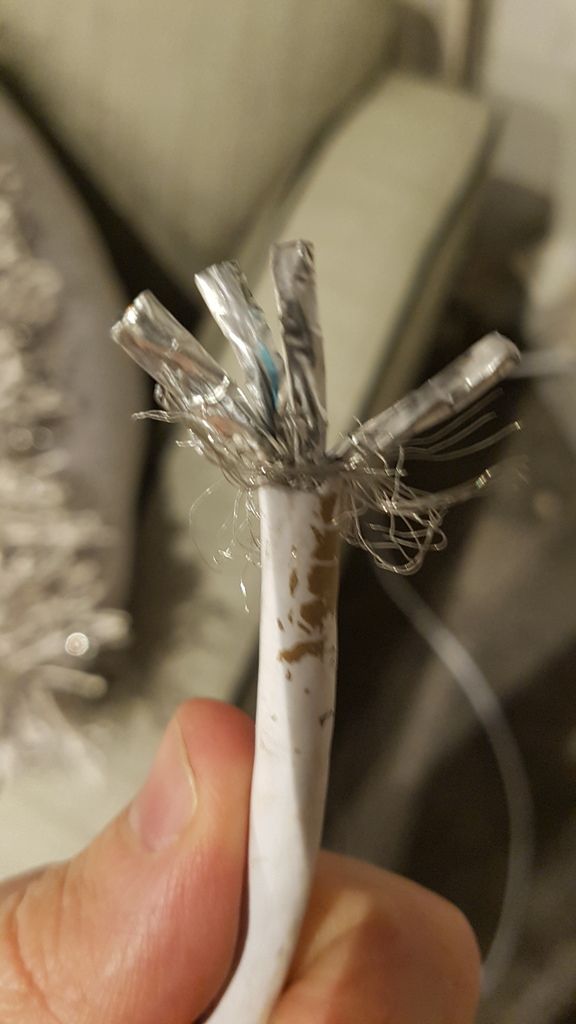Soldato
- Joined
- 25 May 2011
- Posts
- 3,299
I had to cut the heads off to get them through the brick wall..
How can I best get the heads back on? Or should I use some type of junction box?

How can I best get the heads back on? Or should I use some type of junction box?






